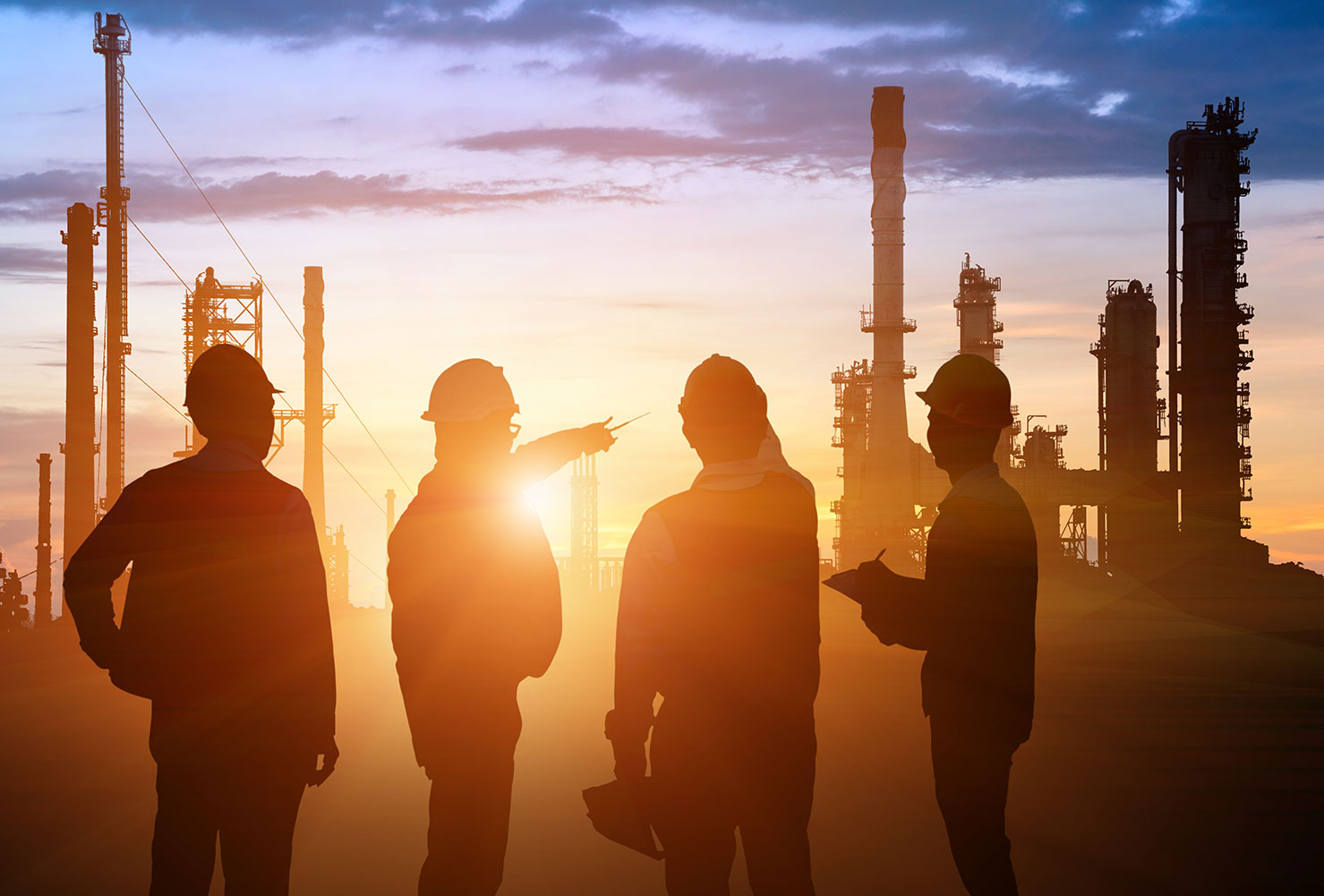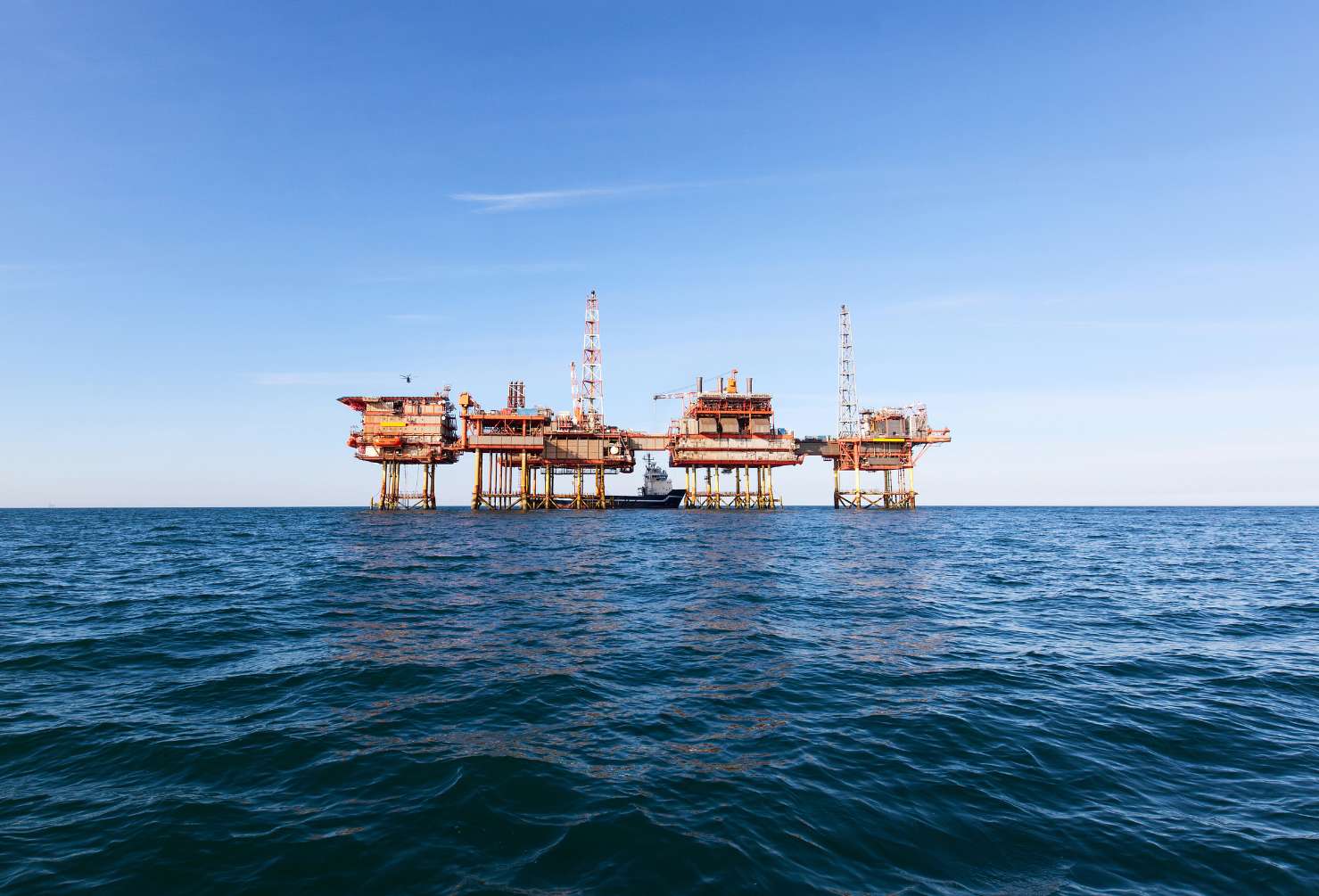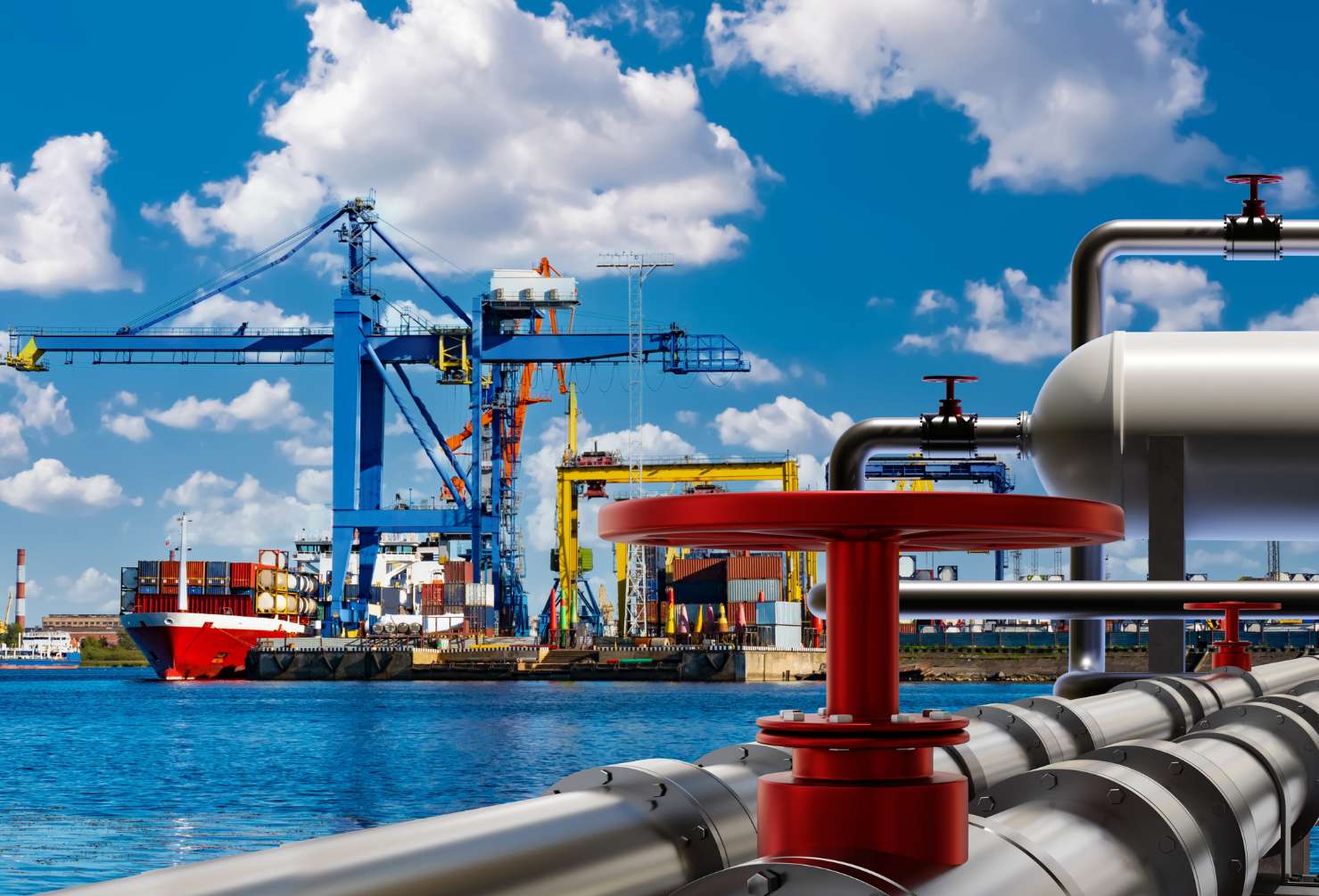
After years of pivoting toward renewables and offshore ventures, the world’s energy giants are making a bold move: they’re coming home. In 2025, Australia is witnessing a renewed commitment to domestic oil and gas production, driven by rising demand, geopolitical uncertainty and a new political appetite for energy security.
From Barossa and Scarborough to Beetaloo and the North West Shelf, billions are flowing back into core oil and gas developments, and the reset is reshaping the future of Australia’s energy market.
Why the Shift Back to Oil and Gas?
1. Global Energy Stability
In a world still recovering from supply chain shocks and international conflict, nations are refocusing on reliable, baseload energy. Gas, in particular, is being repositioned as a “transition fuel” that can bridge the gap between coal and renewables.
2. Rising Demand in Asia-Pacific
Australia remains a key LNG supplier for Japan, South Korea and increasingly India. Long-term offtake agreements are back in demand and buyers are looking for politically stable, environmentally responsible producers.
3. Political Tailwinds at Home
The current government, regardless of party, is facing pressure to deliver energy security, domestic supply and job growth. This has created bipartisan support for strategic oil and gas projects, particularly those with strong regional employment benefits.
Projects Driving the Reset
Barossa Gas Project (Santos)
Located offshore in the Timor Sea, the Barossa project is one of Australia’s largest new gas fields. Despite legal challenges, it remains on track for first production in late 2025, supplying gas to Darwin LNG and supporting jobs in the NT.
Scarborough and Pluto Train 2 (Woodside)
This $16 billion project is over 80% complete, bringing gas from the Scarborough field to the Pluto LNG plant in Karratha. It includes significant domestic gas infrastructure and is forecast to supply LNG to global markets well into the 2040s.
North West Shelf Life Extension
With aging fields like North Rankin and Goodwyn nearing depletion, operators are investing in tiebacks and brownfield projects to extend the life of Australia’s most valuable LNG infrastructure.
Beetaloo Basin (Tamboran Resources)
Though earlier in its development, Beetaloo represents the next frontier in onshore gas, with a clear focus on boosting east coast supply and supporting future industrial growth in the NT.
Who’s Behind the Investment?
The investment surge isn’t just local. Global players are repositioning Australia as a core asset in their portfolios:
- ExxonMobil is expanding through Esso Australia and Darwin operations
- TotalEnergies has recently signed supply agreements for east coast cargoes
- Chevron remains deeply invested in the Gorgon and Wheatstone projects
- Woodside and Santos are reasserting leadership through mergers and asset consolidation
Even as some majors pull back from offshore wind and global renewables, Australia’s LNG and gas markets offer immediate return and long-term demand.
Implications for Project Approvals
While environmental scrutiny remains strong, political pressure to stabilise domestic energy has resulted in:
- Faster environmental assessments in key regions
- Federal-state collaboration on priority projects
- Conditional green lights for developments tied to domestic supply obligations
The result: more clarity for proponents, more confidence for investors.
What This Means for Jobs
The oil and gas reset is already driving workforce demand across engineering, construction, trades and project services.
In-demand roles include:
- Mechanical and electrical trades
- Drilling and well services
- Project engineers and planners
- HSE and regulatory professionals
FIFO activity is also increasing, especially into WA, NT and QLD, while some operators are investing in training pathways and Indigenous employment programs.
Domestic vs Export: Finding the Balance
As international buyers return, so too does the debate over export vs domestic priorities.
Gas reservation policies are on the table, particularly on the east coast and producers are navigating how to:
- Secure long-term LNG contracts
- Maintain local supply obligations
- Justify new development timelines and capex
Balancing shareholder expectations with public and political demands is now central to project strategy.
Longer-Term Outlook: How Long Will the Reset Last?
Analysts predict Australia will remain a top-tier LNG exporter through at least 2045, with demand from India and Southeast Asia likely to replace declining offtake from Europe and Japan.
With limited global alternatives offering the same stability, infrastructure and ESG credentials, Australia is well positioned to anchor the next generation of energy trade.
But the window won’t stay open forever. Regulatory, environmental and market factors will still need to be managed with care.
Final Thoughts
Australia’s oil and gas reset isn’t just a flash in the pan. It’s a strategic reorientation that signals the enduring importance of traditional energy, not just as a bridge to the future, but as a foundation for it.
For businesses, workers and policymakers, the next phase is about execution: delivering projects, training talent and securing the benefits of this renewed focus.
At Enxgy, we’re here to connect the right people to the right projects and help shape the workforce that will drive Australia’s energy future.





